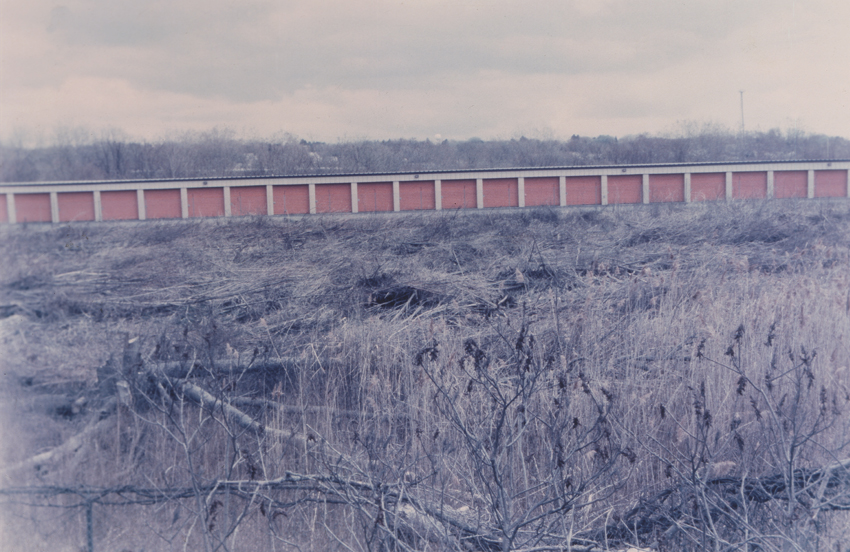
Richard Prince, Upstate, 1995-99. Chromogenic color print (Ektacolor), 40 × 60 inches (101.6 × 152.4 cm). Gift of Sandra and Gerald Fineberg. © Richard Prince
Richard Prince is one of the most influential American photographers of his time, having come of age during the 1970s and the heyday of appropriation. While the artist also creates paintings, sculpture, and installation, his photography has made the most lasting contribution to contemporary art history. By the early 1990s, Richard Prince and his iconic Marlboro Man images had become synonymous with the genre of appropriated photography and the problems of artistic authorship. During the mid to late ’90s, the artist moved from New York City to upstate New York, and his focus turned to more personal and immediate subject matter.
Upstate comes from a series Prince made to document an environment and lifestyle completely separate from the locus of the art world and excesses of New York City. These stark images of above-ground swimming pools, abandoned cars, and grassy fields highlight an isolated yet strikingly common vision of rural America. Prince finds moments of beauty in these overlooked and undervalued features of the landscape. For instance, the single-story, personal storage facility has a row of orange roll top doors—their serial quality evoking Minimalism—and sits within a bleak landscape. While Prince’s photos of his environs draw on a long history of photographers locating decisive scenes in unremarkable places (i.e., Walker Evans and William Eggleston), Prince’s focus on the rougher aspects of rural life distinguishes his work.
This work joins the ICA/Boston’s strong collection of photographs by artists such as Philip-Lorca diCorcia, Rineke Dijkstra, Nan Goldin, Catherine Opie, Thomas Ruff, and Collier Schorr. As an artist, Prince represents an important piece of the history of appropriation, bringing his work into conversation with that of Dara Birnbaum, Lorna Simpson, and Cindy Sherman.
2013.10